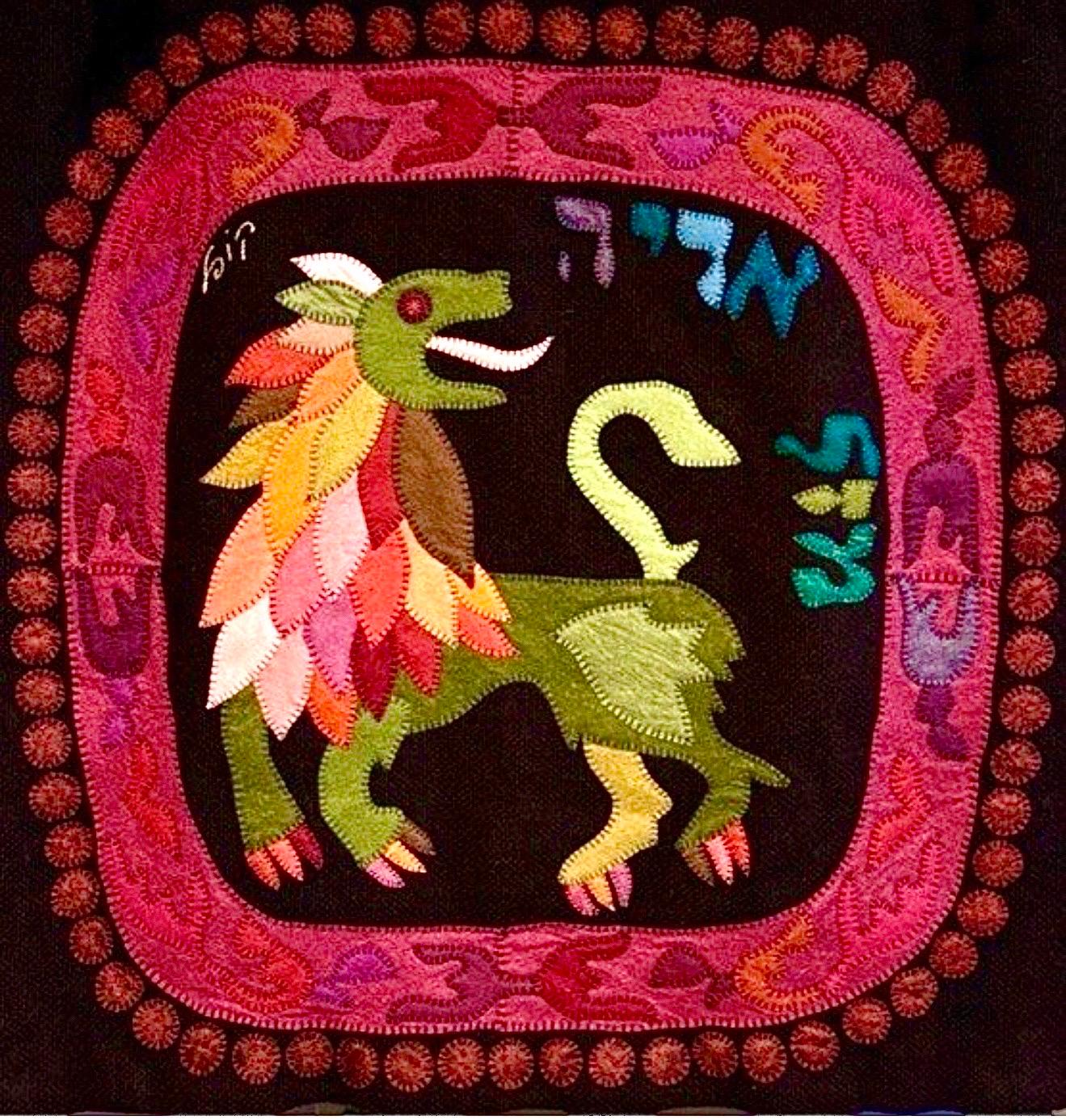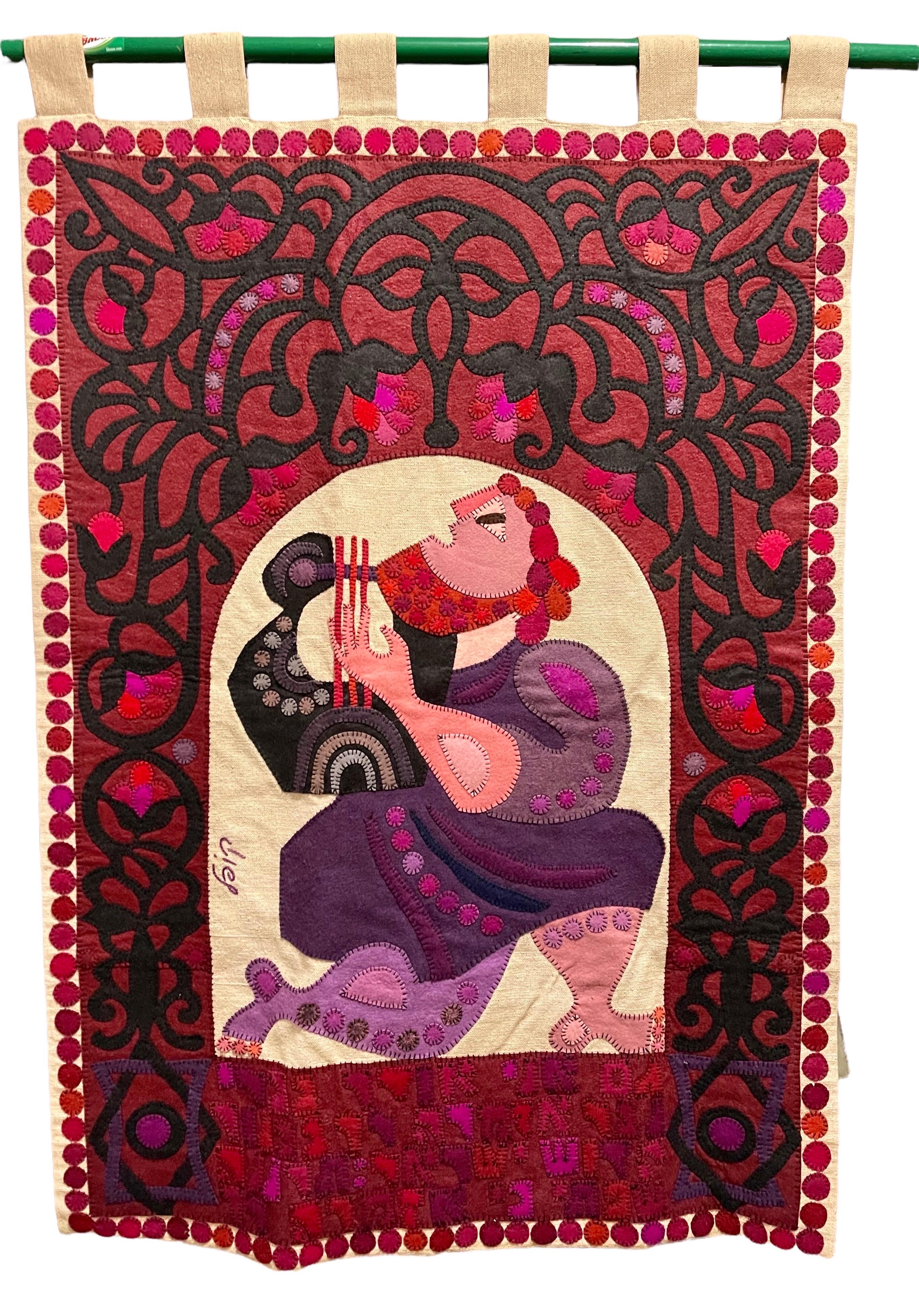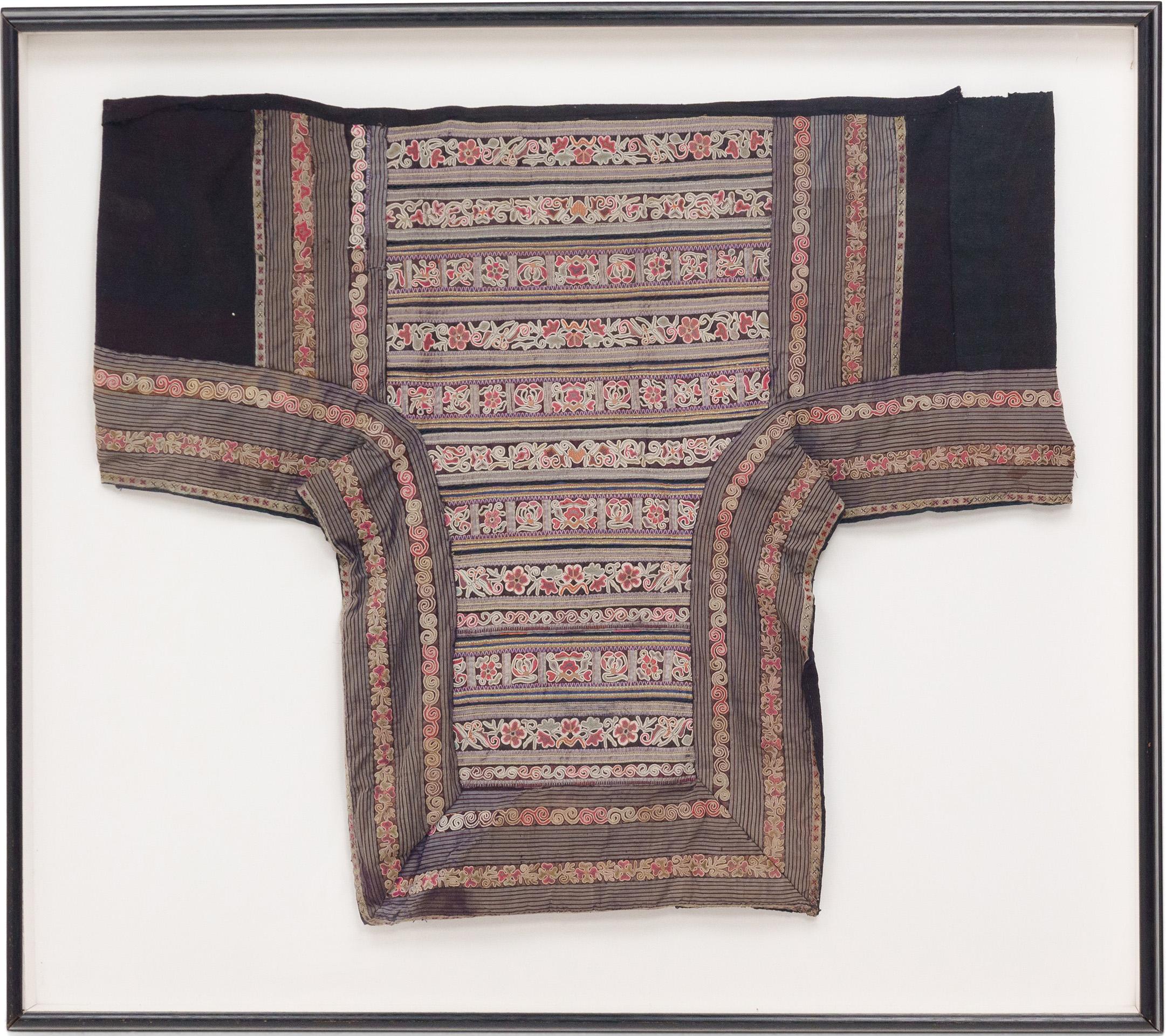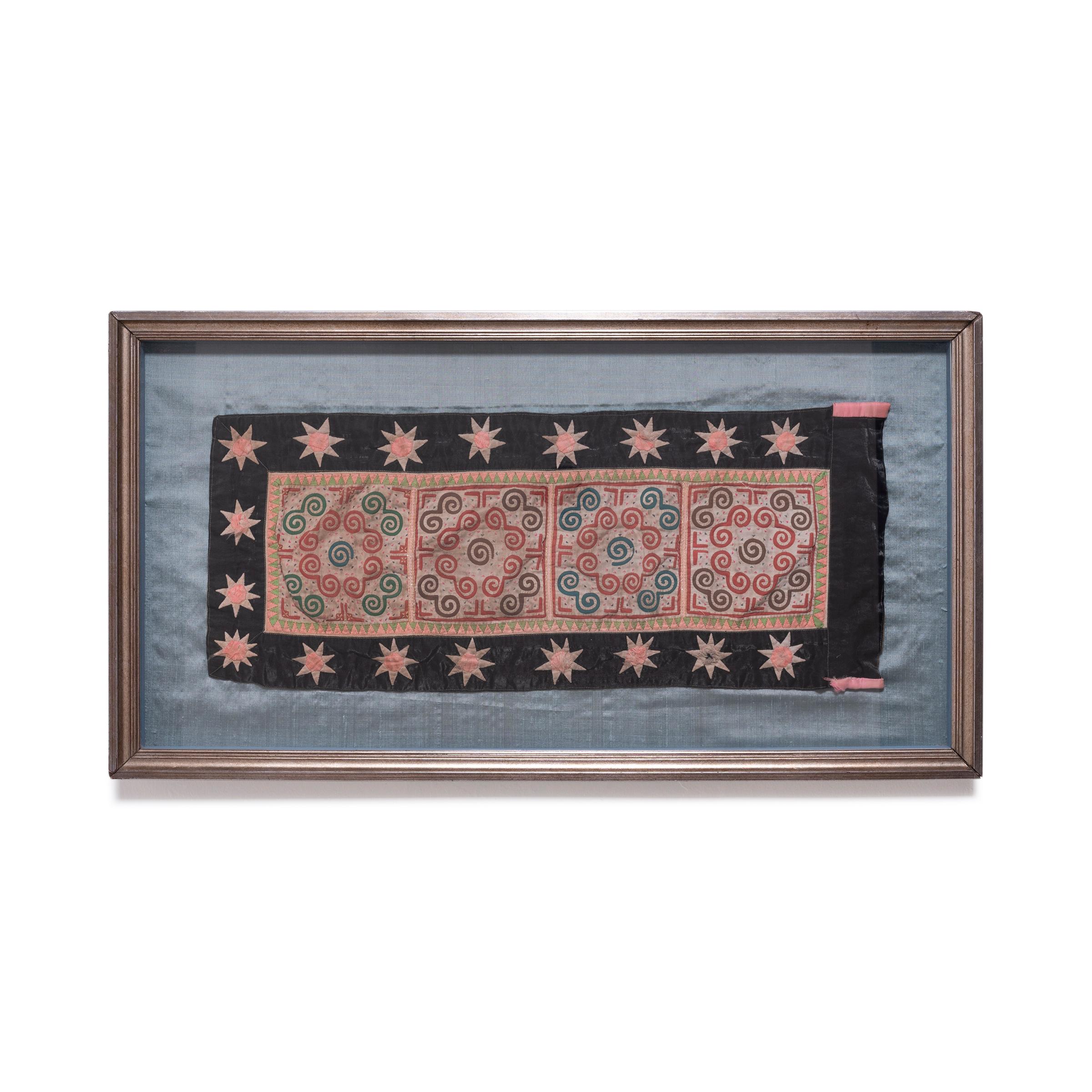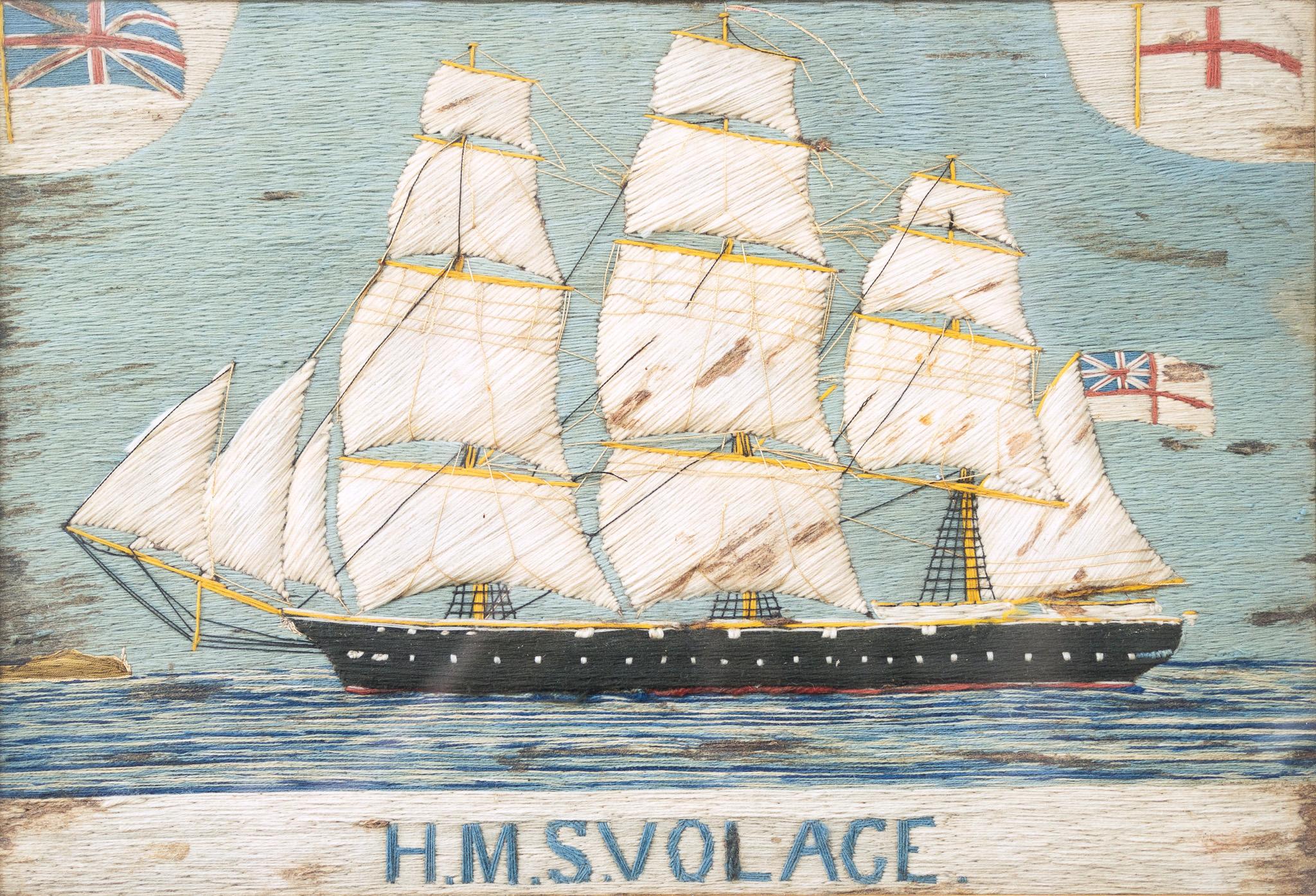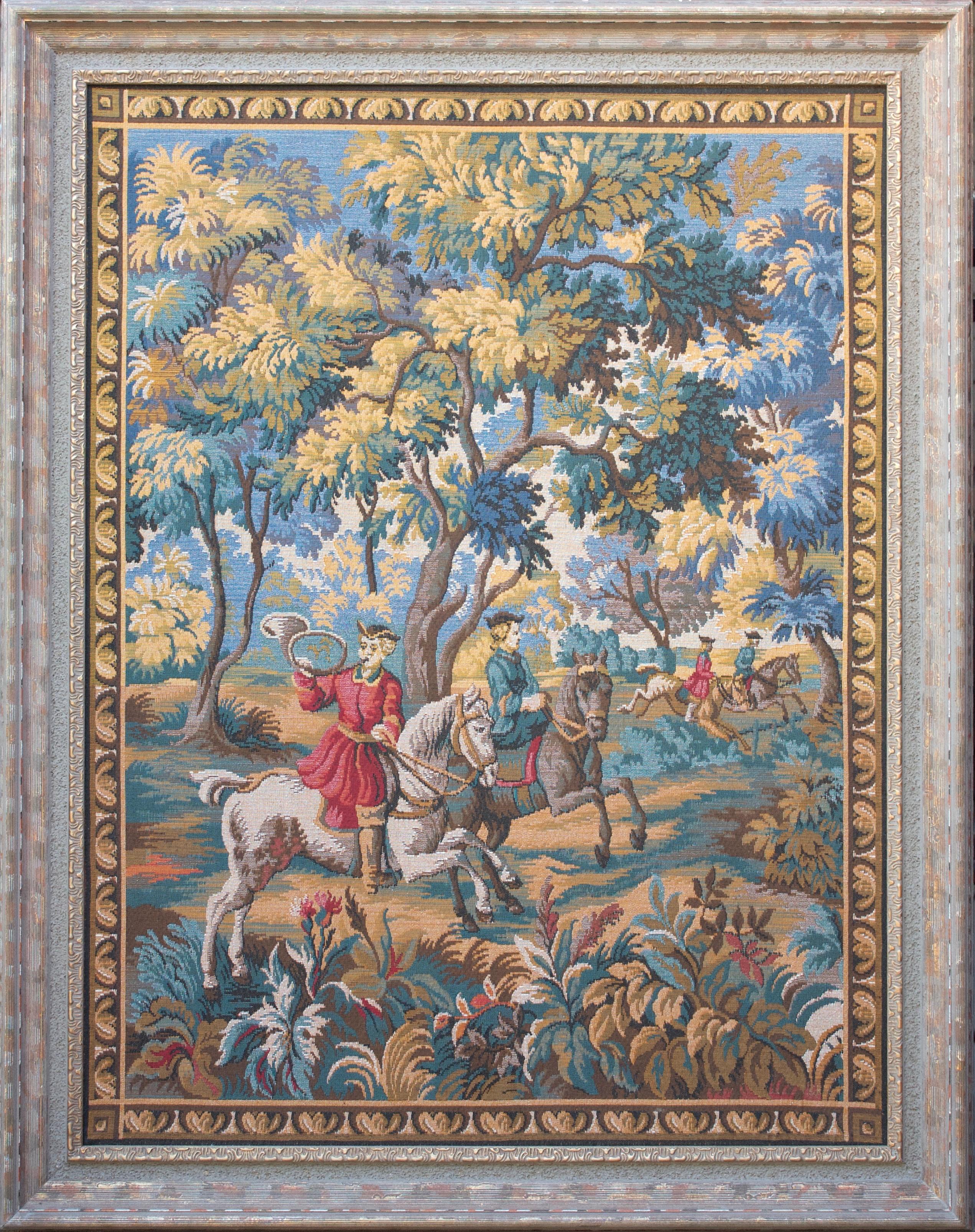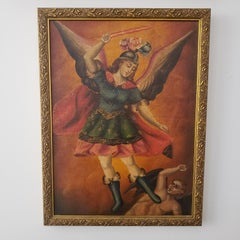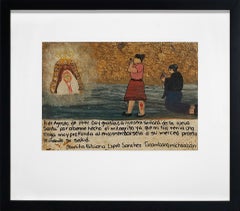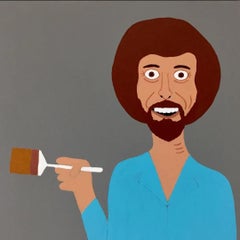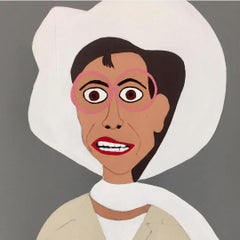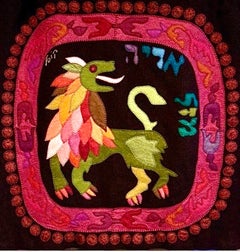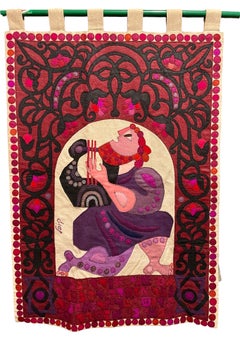San Blas Molas Multi-Layered Fabric Handmade Panama Custom Frame
Want more images or videos?
Request additional images or videos from the seller
1 of 8
UnknownSan Blas Molas Multi-Layered Fabric Handmade Panama Custom Frame1980
1980
Price:$350
$550List Price
About the Item
About the Seller
5.0
Gold Seller
Premium sellers maintaining a 4.3+ rating and 24-hour response times
Established in 1970
1stDibs seller since 2020
157 sales on 1stDibs
Authenticity Guarantee
In the unlikely event there’s an issue with an item’s authenticity, contact us within 1 year for a full refund. DetailsMoney-Back Guarantee
If your item is not as described, is damaged in transit, or does not arrive, contact us within 7 days for a full refund. Details24-Hour Cancellation
You have a 24-hour grace period in which to reconsider your purchase, with no questions asked.Vetted Professional Sellers
Our world-class sellers must adhere to strict standards for service and quality, maintaining the integrity of our listings.Price-Match Guarantee
If you find that a seller listed the same item for a lower price elsewhere, we’ll match it.Trusted Global Delivery
Our best-in-class carrier network provides specialized shipping options worldwide, including custom delivery.More From This Seller
View AllSan Miguel, St. Michael, School of Cusco, Peru, Framed early 1900's
Located in Houston, TX
This is painting is from the School of Cusco depicting St. Michael the Archangel defeating the devil in battle. It is oil on canvas and is in very goo...
Category
Early 20th Century Folk Art Portrait Paintings
Materials
Canvas, Oil
Ex-Voto, Retablo, Painting on Metal, Mexico , Our Lady of the Cave, Folk Art
Located in Houston, TX
This retablo was purchased by the gallery in Mexico City. I knew the family that sold this retablo to me.
The writing says" August 8,1944,I give thanks...
Category
1940s Folk Art Interior Paintings
Materials
Metal
Bob Ross, The Joy of Painting, PBS, Acrylic on Panel, The Outsiders, Folk Art
Located in Houston, TX
Quote from Bob Ross "Only a few "Happy Accidents on this One" LOOK FOR FREE 1STDIBS SHIPPING WHEN YOU CHECK OUT
Robert Norman Ross was an American painter,...
Category
2010s Folk Art Portrait Paintings
Materials
Wood Panel, Acrylic
Judy, Oil on Panel, Folk Art, Last Photo of Judy Garland, Outsiders, Portraits
Located in Houston, TX
Judy is painted after the last photograph of Judy Garland. Judy is painted on a wood panel in oil. There is no need for a frame. Also shown are the other paintings available by Tommy Cheng...
Category
2010s Folk Art Portrait Paintings
Materials
Wood Panel, Acrylic
Estee, Oil on Panel, Folk Art, Estee Lauder, Portraits, The Outsiders, 20 x 15
Located in Houston, TX
Quote from Estee Lauder "Be Strong. Be Confident " Be the Star of your own life". "Keep and eye on the competition but this doesn't mean copying them."
Below are other paintings available by Tommy...
Category
2010s Folk Art Portrait Paintings
Materials
Wood Panel, Acrylic
Paraguayan Ink Drawings from the Chaco #15 Paper Indigenous Jorge Calrema
Located in Houston, TX
Paraguayan Ink Drawings from the Chaco #15 Paper Indigenous Jorge Calrema
Motifs of shamanic significance are very present in the drawings of Jorge Calrema : the jabiru ( pôtsej ), ...
Category
2010s Folk Art Animal Drawings and Watercolors
Materials
Archival Ink, Archival Paper
You May Also Like
Wool Felt Applique Israeli Folk Art Lion Signed Tapestry Kopel Gurwin Bezalel
By Kopel Gurwin
Located in Surfside, FL
This tapestry depicts a Lion, In Hebrew Mazel Aryeh (the Zodiac symbol Leo,) all handmade. woven and stitched.
Kopel Gurwin (Hebrew: קופל גורבין) (1923–1990) was an Israeli tapest...
Category
20th Century Folk Art Mixed Media
Materials
Wool, Felt
Wool Felt Craft Applique Vintage Israeli Judaica Folk Art Tapestry Kopel Gurwin
By Kopel Gurwin
Located in Surfside, FL
This depicts King David playing the harp, along with a verse in Hebrew from the Psalms. all made by hand. woven and stitched. Vintage, original piece.
Kopel Gurwin (Hebrew: קופל גור...
Category
20th Century Folk Art Mixed Media
Materials
Wool, Felt
Group zombie Barbara d'Antuono 21st Century art textile art haiti outsider art
Located in Paris, FR
Embroidered textile painting
Unique work, hand-signed by the artist
Penelope or Parque of modern times, Barbara d’Antuono sews by hand like others recite mantras and decides nothing in advance. She lets images arise without any particular coherence with each other, but to which she gives substance in a kind of urgency, in the form of a strip not drawn but sewn. The exhibition, like the eponymous book, covers seven years of this assiduous and patient work through nearly 30 textile works, real freeze frames made of the emotions and memories of the artist, like so many portraits of humanity. . Her meeting in Haiti with Baron Samedi...
Category
2010s Outsider Art More Art
Materials
Textile
Creatures of the mined lands Barbara d'Antuono 21st Century textile outsider art
Located in Paris, FR
Embroidered textile painting
Unique work, hand-signed by the artist
Penelope or Parque of modern times, Barbara d’Antuono sews by hand like others recite mantras and decides nothing in advance. She lets images arise without any particular coherence with each other, but to which she gives substance in a kind of urgency, in the form of a strip not drawn but sewn. The exhibition, like the eponymous book, covers seven years of this assiduous and patient work through nearly 30 textile works, real freeze frames made of the emotions and memories of the artist, like so many portraits of humanity. . Her meeting in Haiti with Baron Samedi...
Category
2010s Outsider Art More Art
Materials
Textile
Mater dolorosa Barbara d'Antuono 21st Century art textile art haiti outsider art
Located in Paris, FR
Embroidered textile painting
Hand sewed, unique, hand-signed by the artist
Penelope or Parque of modern times, Barbara d’Antuono sews by hand like others recite mantras and decides nothing in advance. She lets images arise without any particular coherence with each other, but to which she gives substance in a kind of urgency, in the form of a strip not drawn but sewn. The exhibition, like the eponymous book, covers seven years of this assiduous and patient work through nearly 30 textile works, real freeze frames made of the emotions and memories of the artist, like so many portraits of humanity. . Her meeting in Haiti with Baron Samedi...
Category
2010s Outsider Art Mixed Media
Materials
Textile
The young girl, the totem & death Barbara d'Antuono Contemporary textile art
Located in Paris, FR
Textile painting hand-embroidered
Unique work
Hand-signed and dated lower right by the artist
“I sew like some people recite mantras. I don't decide anything in advance. Images emer...
Category
2010s Outsider Art Mixed Media
Materials
Textile
Recently Viewed
View AllMore Ways To Browse
Indian Embroidered Clothing
Vintage Indian Girl
Sewing Scissors
Vintage Molas
Vintage Animal T Shirts
Panama Vintage Mola
Acme Studio
Batman And Robin
Anna Laetitia Pecci Blunt
Batman The Animated Series Original Production Drawing
Bugs Bunny
Tiny Toon Adventures
Vintage Bruce Fox
Superman Print
Robin Bruce
Brian Fielding
Pop Art Super Heros
Vintage Joker
